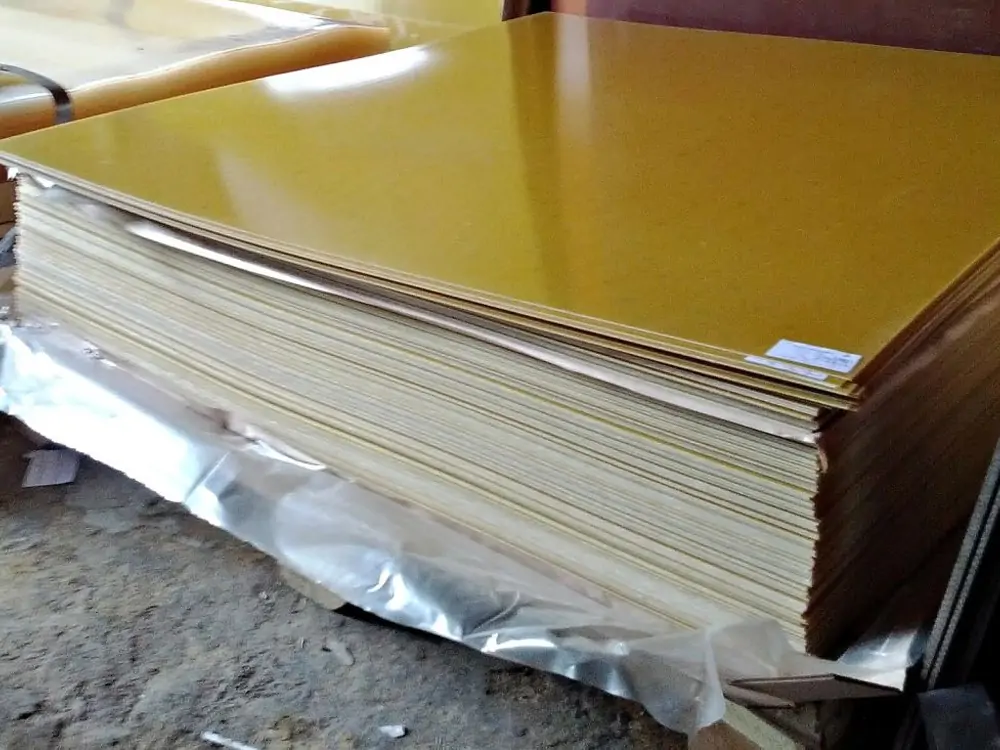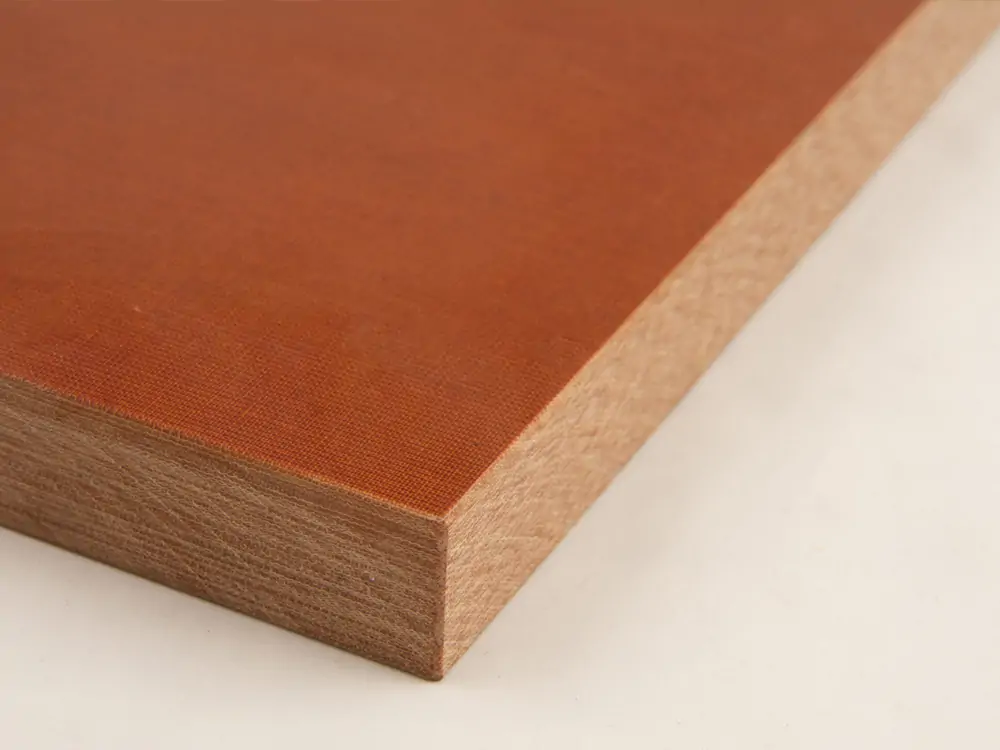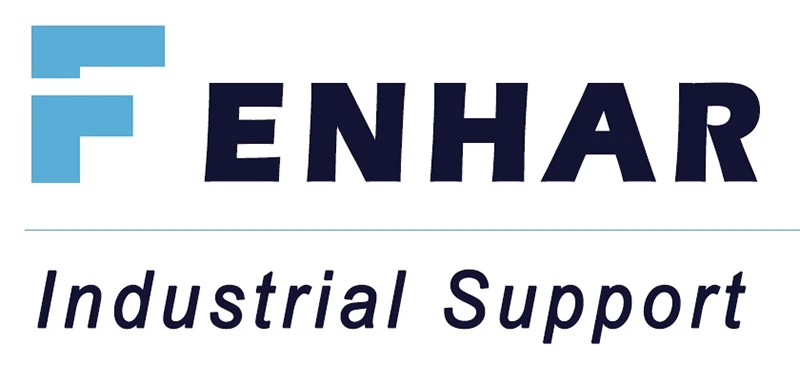Textolite materials are the best composite materials. Composite material is a smooth blend of two different materials. There is a special border between them that separates them. Composite material is defined as a blend of “reinforcement and matrix” in an appropriate proportion. There are many properties of composite materials like dimensional stability and strength. Composite materials are practical alternatives for metallic ingredients in different processes. Their light weight is the first attention for additional processing. For example, in automotive structures, surfboards, and trains Textolite material is a multi-layered dielectric-insulation-structural material. Its base is of cotton fabric and Thermo-reactive consecrating resin. It shows good mechanical and anti-friction characteristics. Textolite material was produced in 1936 by GE (General Electric). These materials are workable by using all methods of mechanical treatment.
Textolite sheet
TCF Textolite sheet, i.e., cotton-phenolic board, is a resistant coating used at high temperatures. Among other construction materials, Textolite materials have very good resistance to
- Mechanical pressure
- Thermal overloads
“Rezotex” is creep resistant. It neither melt nor alter its shape with long exposure to loads, even at higher temperatures. They have amazing electrical insulation. They are an excellent semi-finished product. They play an important part in generating the structural elements of machines. We can blend cotton fabric and phenolic resin to form Textolite plates. Cotton fabric has several layers. Manufacturers press them together with phenolic resin. They create a resistant insulating material.

Properties of Textolite sheet
Some properties are given below:
- They have good electrical insulating properties
- They have high mechanical strength
- Most of them have very good machinability
- They have permissible continuous work temperatures up to 120°C
- They have creep resistance
- Textolite materials have dimensional stability under long-term loads at high temperatures
- They have very good abrasion resistance. These materials have less coefficient of friction. They can also have good sliding properties.
- These materials have good chemical resistance
- They can work in oil and grease
APPLICATIONS
Most of the time we use cotton-phenolic plates to cut electrical insulating elements. We also use them to cut construction elements. Textolite plates are durable and easy to use. They have good electrical properties.
In construction materials, textotile materials have many applications. There are plenty of applications like high-temperature resistance and enduring mechanical strain. There are some uses of the phenolic plates in industries such as aerospace and automotive industry. We use them as a construction material for such elements as:
- In bearings and slide bushings
- In rolling and running elements
- Mostly in sealing rings
- In wheels and toothed bars
- Mostly in transporting and tensioning rollers
In the electrical industry, there is another application for textolite plates. These materials can be separated from electrical insulators and structural components of oil modifiers. These materials are also separated from electrical motors. Low and medium-voltage switchgear also provide textolite plates when cut carefully.
We use cotton-phenolic panels to create high-quality thermal insulation. These thermal insulations are especially for sloping. We use them on flat roofs. We can also use them in the construction of external walls having different layers.
Glass Textolite
It is a multi-layer electro-technical / mechanical material. We can produce it by pressing fabric glass fiber drenched with phenol-formaldehyde resins and epoxy. Distinct brands employ glass fiber itself and not stuff like fabric.
Dimensions:
| Thickness (mm) | Width (mm) | Length (mm) | |
|---|---|---|---|
| Sheets | 0.5-180 | 1,050; 1,040; 1,220; 1,250 | 1,220; 2,050; 2,440; 2,500 |
In electro technics, Glass Textolite plays an important role. We can generate Transformer plates, panels of distribution boards, and printed circuit boardings or panels. We can use glass Textolite materials for rotors of generators and direct current engines.
Many glass textolite contours as structural materials. We can use them in structure as a substitute for metal for reinforcement of window borders. We can produce many bridge assemblies and valve ribs. We can use glass textolite sheets for the production of amortization springs of various equipment due to their rigidity.
We can not use glass textolite as a sliding material. It quickly scrapes the adjacent occupied material: it can work as a rough or abrasive component. It results in tools turning dull.

Textolite armor
Textolite armor is as effective as steel. The immense advantage is that it is far lighter.The battlement is the most jam-packed part of the tank. We can have 2 or 3 guys in there and if we don’t have a docker, we must have an autoloader. We must have ammunition, optics, microchip technology, wirelesses, and of course the gun itself. Space is at the top so we must have thin armor that is much tougher than steel. Textolite is as strong as steel, it would take up too much room to get the compulsory shield.
The textolite can not send shock between metal layers and provide strength. If we mix some asbestos or ceramic particles with Textolite, can help diffuse the plasma jet from a HEAT round. The textolite also increases the penetration of the armor. We can do it without a comparable surge in mass. The composite steeple armor uses “ultra porcelain” at first. A kind of ceramic layer that is later substituted by Chobham-like angled-spaced armor. It is of high-hardness and soft steel layers.
Important parameters in Textolite production
Some important parameters are
- Engineering Technology
- The amount used
- The characteristics of the binder
- The characteristics of the fabric itself
- The nature of the fibers
The above parameters determine the qualities of Textolite material. In its production process, its origin is the layer-by-layer curving or arranging of the fabrics. It is completely arranged when a binder is pragmatic to the spindle according to the profile of the product. We can produce Foil textolite by arranging fabrics and using a binder. Shaping is the next step. We can process textolite plates and sheets.
Polyoxybenzylmethylenglycolanhydride is another name for Bakelite. It is a thermosetting phenol generated by a condensation reaction between formaldehyde and phenol resin. It contains asbestos textolite, infused with Bakelite. Textolite material contains a fiber-looped gear permeated with bakelite. We used it in every Singer sewing appliance with a direct energy motor.
